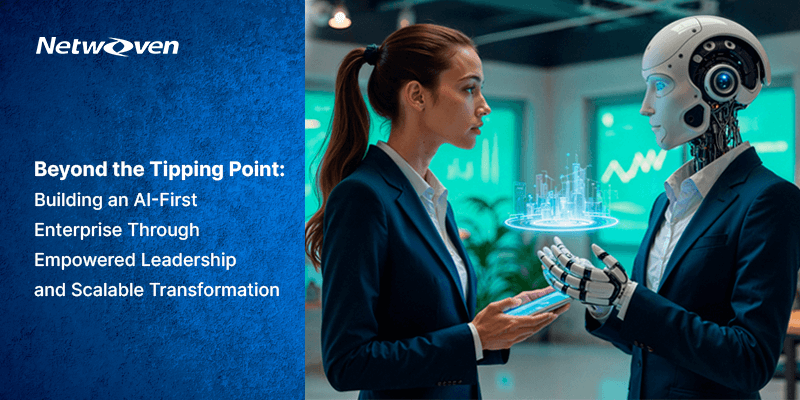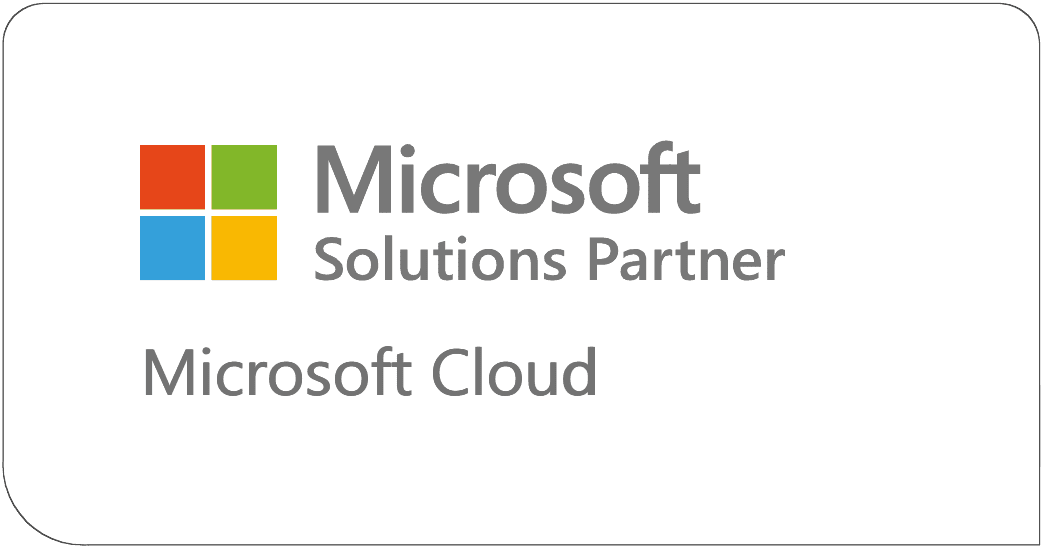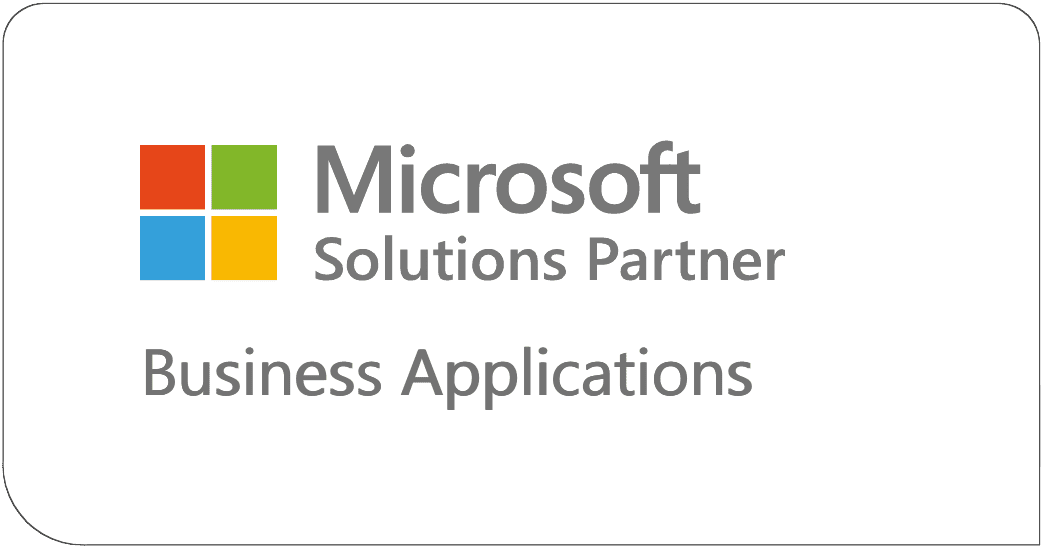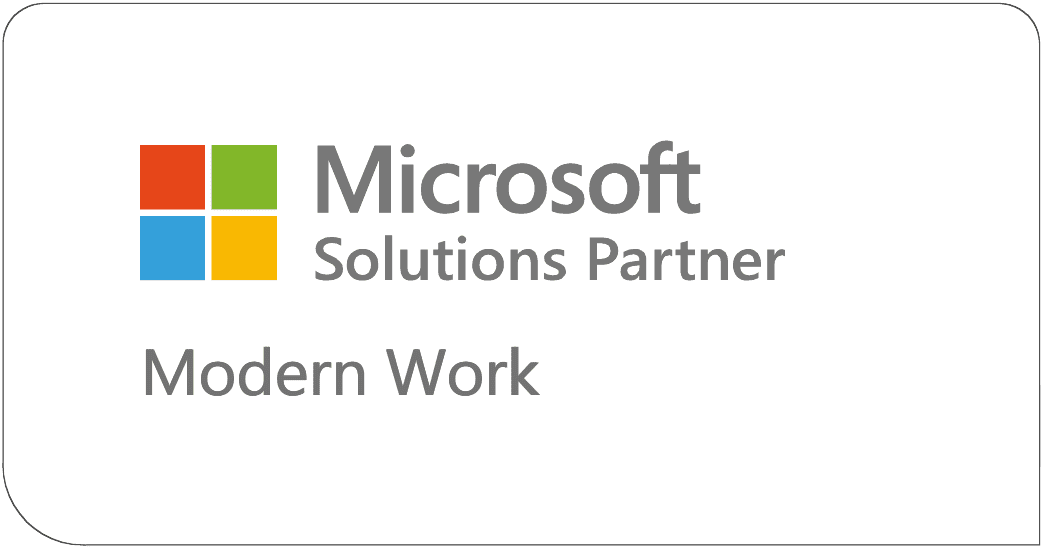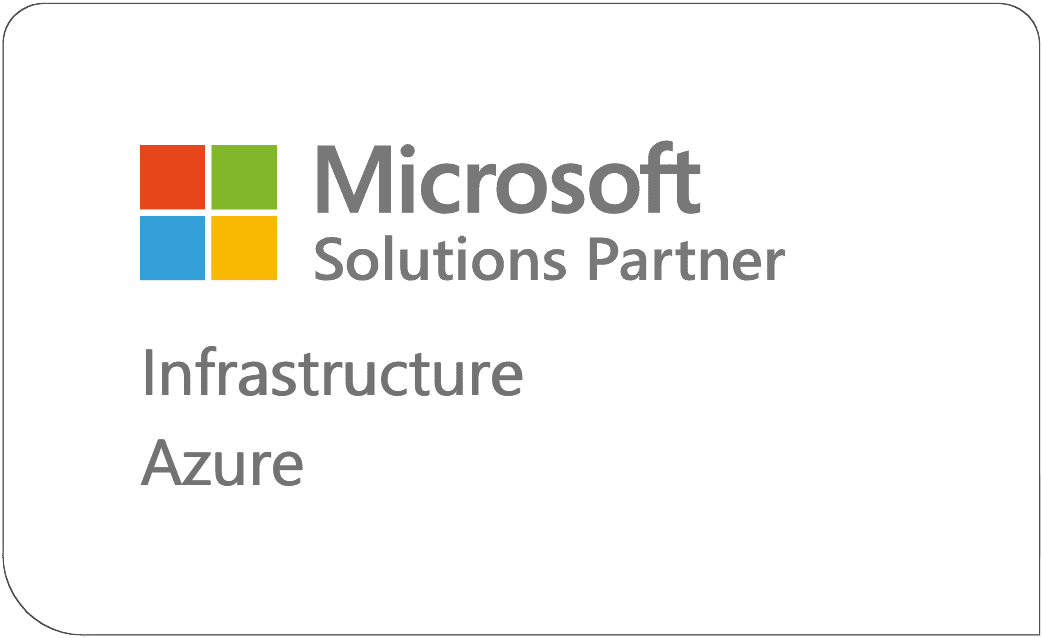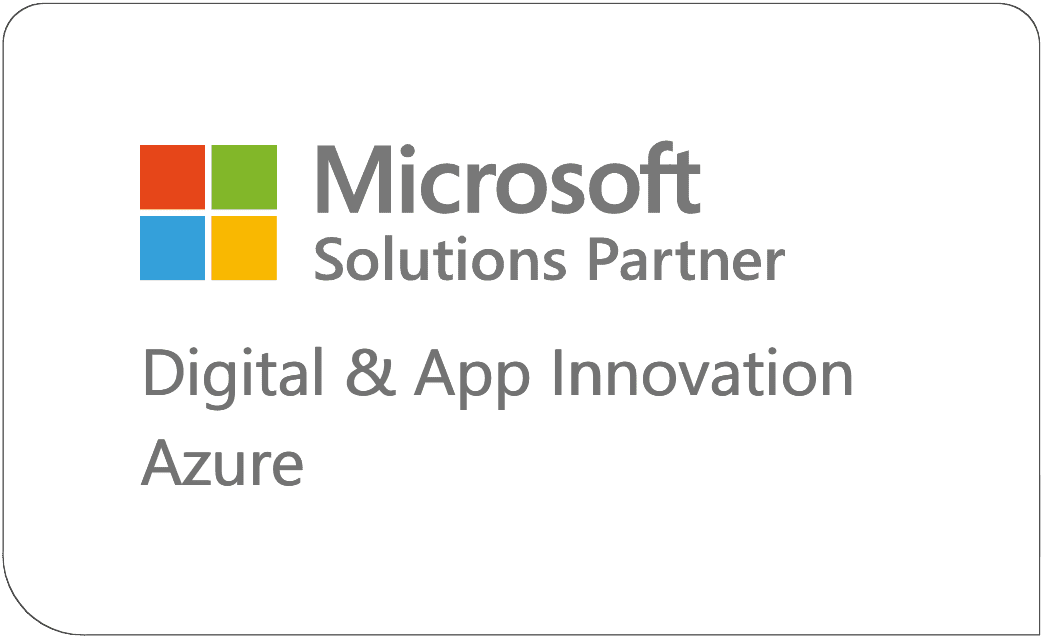Introduction
In “2025: Tipping Point for AI – Frontier Firm Advantage,” we outlined how early adopters are capitalizing on generative AI and automation to gain speed, insight, and agility. However, frontier firms cannot afford to stop only at adoption. As the AI landscape matures, competitive advantage will shift toward those who rethink leadership, democratize innovation, and operationalize transformation at scale. Drawing on research from Harvard Business Publishing and Forbes contributor Keith Ferrazzi, this post explores the evolving playbook for building an AI-first enterprise: one led by empowered internal champions, fueled by cultural shifts, and sustained by enterprise-wide engagement.
From AI-Aware to AI-First: Rethinking the Leadership Mandate
AI-first leadership is not about understanding AI tools — it’s about transforming how your organization thinks, decides, and learns. Harvard Business Publishing highlights that AI-first leaders must move beyond delegation to active orchestration. This means embedding AI into core decision-making, strategy execution, and workforce design.
In this new model, leaders act less like top-down commanders and more like architects of a dynamic, learning organization — one where AI is not a layer, but a lens. It’s a mindset shift from “What can AI do for us?” to “How do we organize ourselves to co-create with AI?”
The Power of Internal Black Belts: Democratizing Innovation at Scale
Ferrazzi’s concept of “AI Black Belts” speaks directly to the next frontier of AI democratization. These are your internal changemakers – the finance analyst automating forecasting with Copilot, the operations manager building a Power Automate workflow, or the HR leader leveraging AI to personalize learning paths.
Empowering these individuals – regardless of title or technical training – is how frontier firms shift from pockets of innovation to systems of transformation. They are the connective tissue between executive vision and operational execution.
To activate them, organizations must:
- Identify curiosity and experimentation as core competencies
- Provide low-code/no-code tool access and education
- Recognize and reward early adopters who influence other
Adoption Isn’t Enough: Four Shifts to Drive True AI Transformation
Ferrazzi outlines four essential shifts that separate firms dabbling in AI from those transforming with it:
From Projects to Platforms
Pilots must evolve into reusable, scalable platforms with shared data, governance, and workflows.
From Tech-Led to Business-Led
AI should not live in the hands of a single team. Business units must own and drive outcomes, with IT acting as an enabler.
From Experts to Everyone
Building centralized data science teams is no longer enough. You need functional leaders equipped to solve with AI tools directly.
From Silos to Synergy
Cross-functional collaboration becomes non-negotiable. AI use cases live at the intersections of process, customer, and data.
These shifts require new KPIs, funding models, and ways of working. Organizations must stop asking “How many AI pilots do we have?” and start asking “How many teams are solving problems differently because of AI?”
Winning With the Teams You Already Have
Enterprise AI transformation doesn’t require thousands of new hires – it requires a new operating rhythm for the talent you already employ. Companies like Microsoft and Johnson & Johnson have shown how enabling non-technical employees to experiment, iterate, and deploy AI can unlock surprising levels of productivity and innovation.
Imagine
- A compliance team using natural language processing to reduce audit cycles by 30%
- A sales operations group using AI-driven segmentation to tailor regional strategies
- A logistics planner reducing waste through predictive resupply models
Each of these is possible when AI moves out of the lab and into the flow of everyday work.
Call to Action: Build the Culture Before You Scale the Tech
Technology alone will not make you an AI-first company. Culture, incentives, and leadership alignment are the multipliers.
Start now by
- Training executives and managers in AI literacy – not to code, but to lead transformation
- Establishing “Black Belt” ambassador programs within every department
- Funding cross-functional “AI labs” that prioritize frontline participation
- Creating internal success stories that highlight business-led wins, not tech-led pilots
In 2025 and beyond, the firms that lead will not be those who adopted AI first – but those who built the conditions for AI to thrive everywhere.
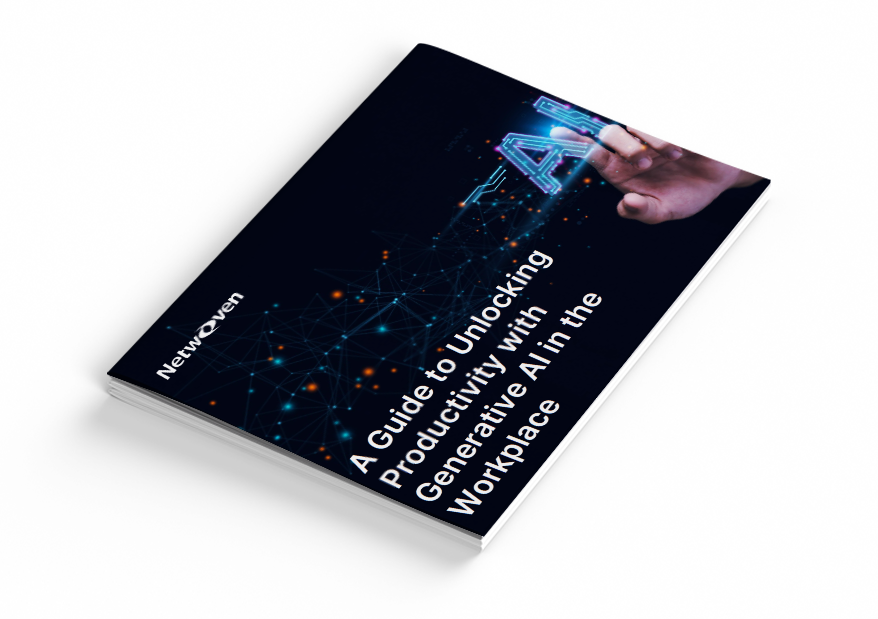
Ebook: A Guide to Unlocking Productivity with Generative AI in the Workplace
This eBook, brought to you by Netwoven, a global leader in Microsoft consulting services, explores into the exciting potential of AI at your workplace within the familiar Microsoft 365 suite.
Get the eBookConclusion
At Netwoven, we work with organizations to move from AI pilots to platform-wide innovation. If you’re ready to align your leadership, culture, and systems for true AI transformation, we’re here to help.

